As we reach week 5 of our Stone Age house project, and the thatching marches on, Butser Archaeologist Claire Walton reflects on experimental archaeology and what it’s all about!
What the heck is experimental archaeology anyway?
The answer is, the most fun a person can have. Lighting fires and melting stuff, wrestling with goo, weird smells and bits of animal, making and building things like our Neolithic house, all in the name of research. It’s sort of thinking about the past by doing, rather than doing by thinking about the past, if you see what I mean.
The original remit of Butser Ancient Farm was to conduct empirical experimental research, and included Peter Reynolds’ work in constructing Iron Age roundhouses. The Horton house continues this theme of thinking experimentally about architecture and construction techniques, in the immediate term exploring materials, consumption of resources, time and technique. In the long term, we can study the wear and tear on the building, and therefore its lifespan.
I use the word ‘experimental’ loosely. Unless there is a sound methodology, with strict controls and parameters inside which you will conduct your research, the fun I describe above often ought to be classed as ‘experiential archaeology’. Here’s a good explanation for those seeking clarification on the distinctions between experimental and experiential.
The building process has of course provided opportunities to carry out this less formalised, more individualistic ‘experiential’ archaeology. Make no mistake, I worship at the altar of academia, but I also believe experiential archaeology is the cornerstone out of which many good, serious experiments are born. The flintstone-esque bashings which took place at the start of our construction project have proved the instigation for some further, more careful examinations of bone tools and next week’s blog will look at plans for these experiments in more detail.
And in my final support of the experiential, I think it is important to point out its wider benefits. Society is now beginning to recognise the importance to human health and wellbeing from spending time in the outdoors, doing tasks such as learning creative crafts and skills – things that please the heart as well as the mind. Experiential archaeology is the most fantastic way of doing all those things. It might ultimately be good for the world of archaeology, but it’s also good for the human soul.
















